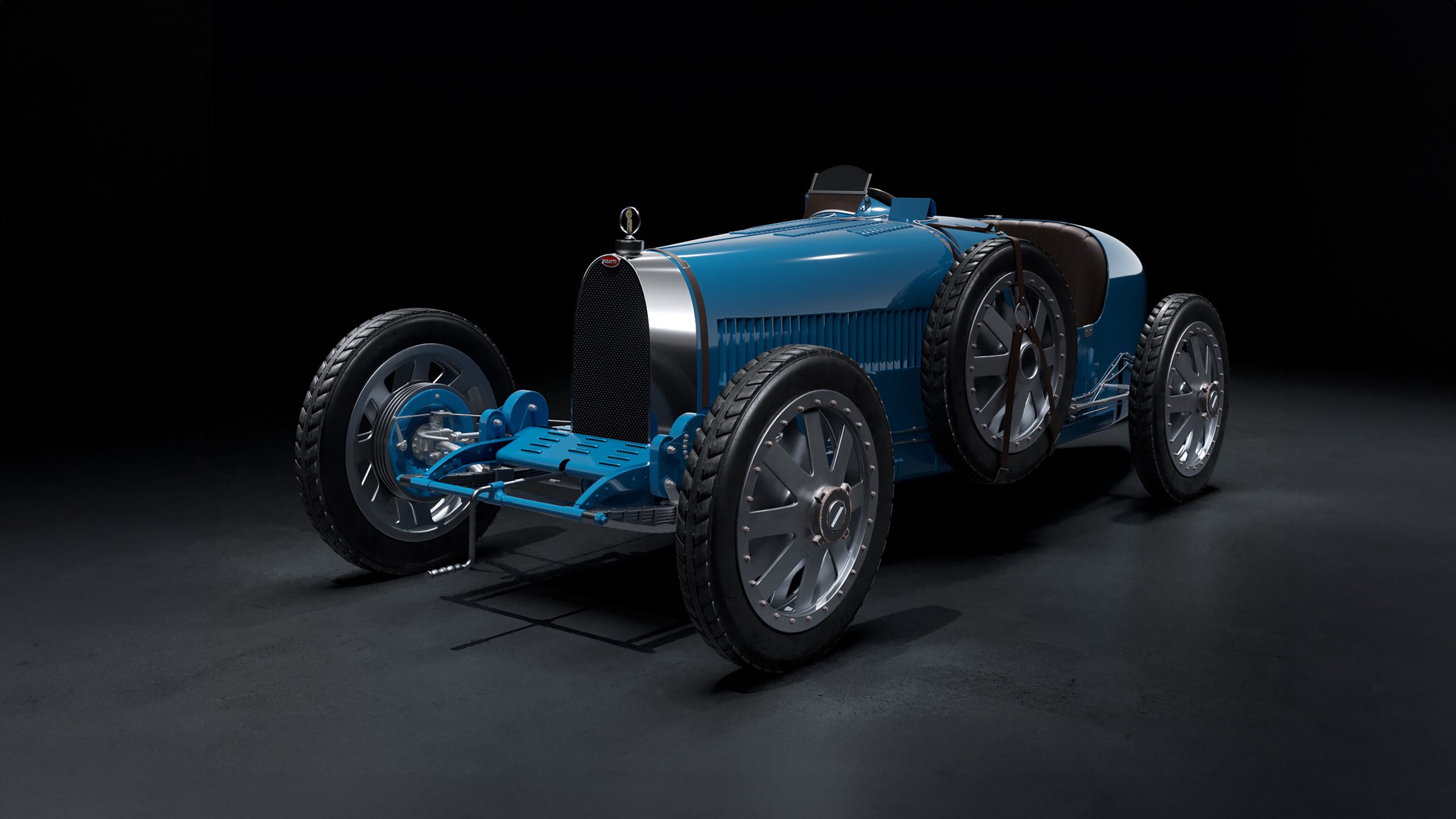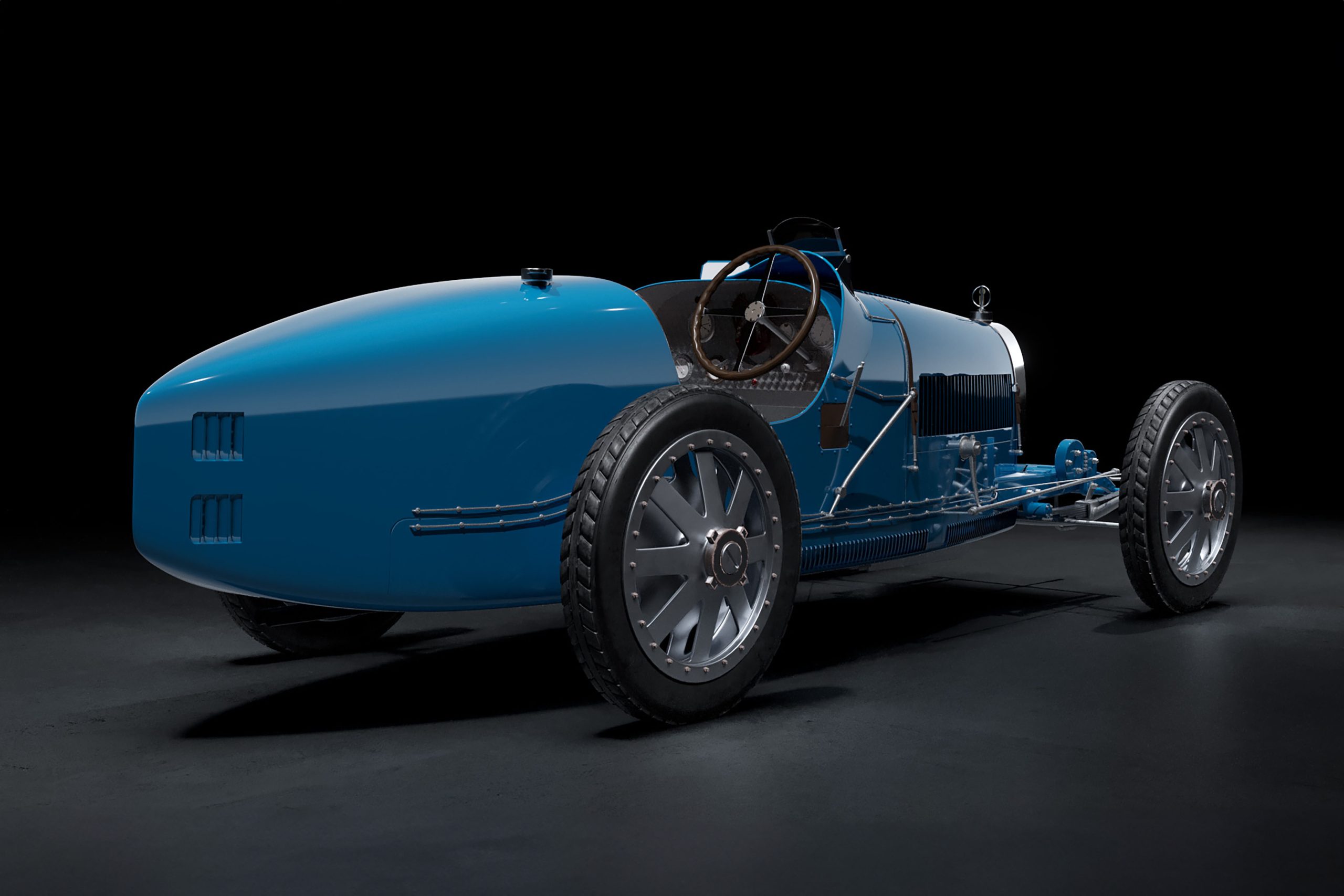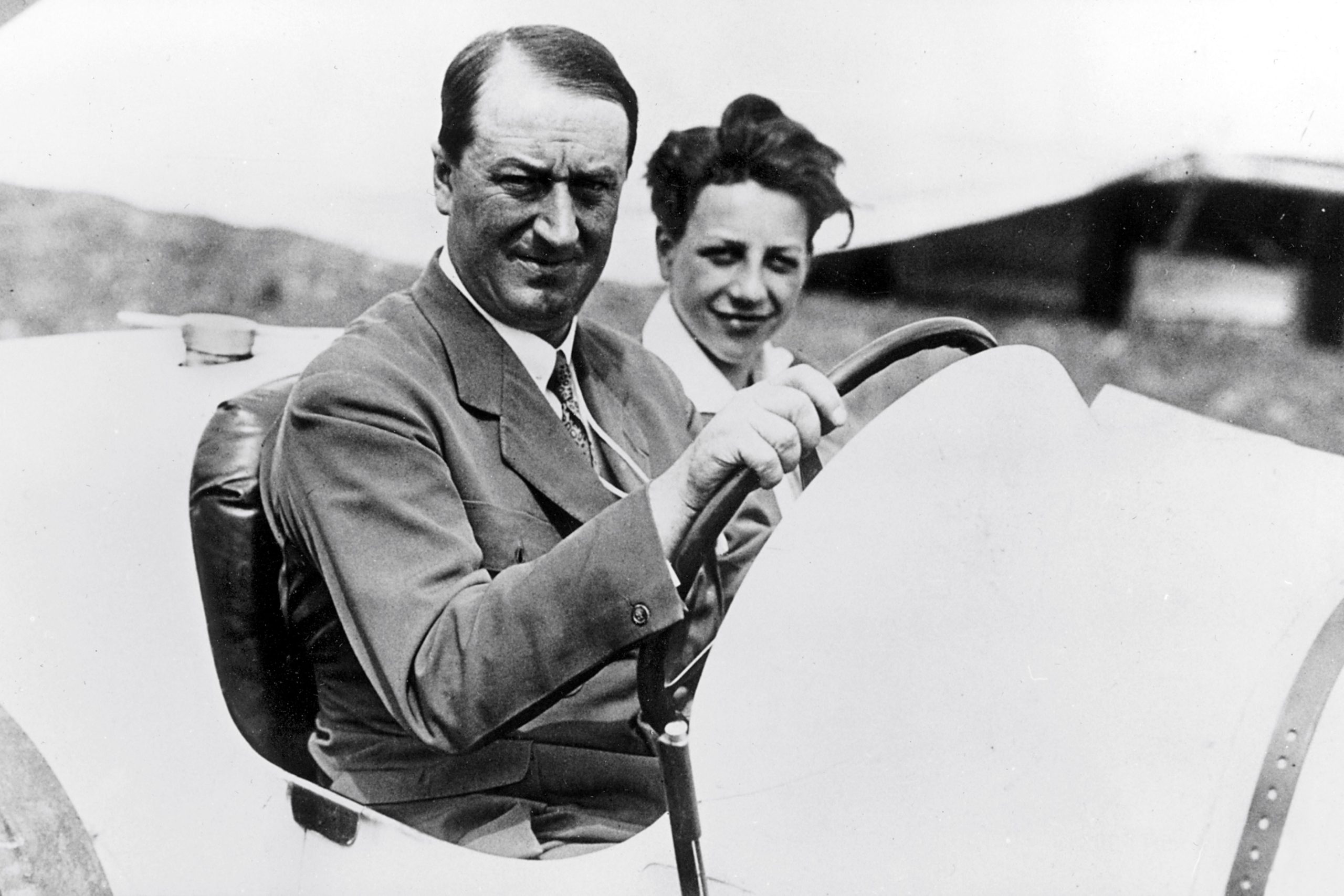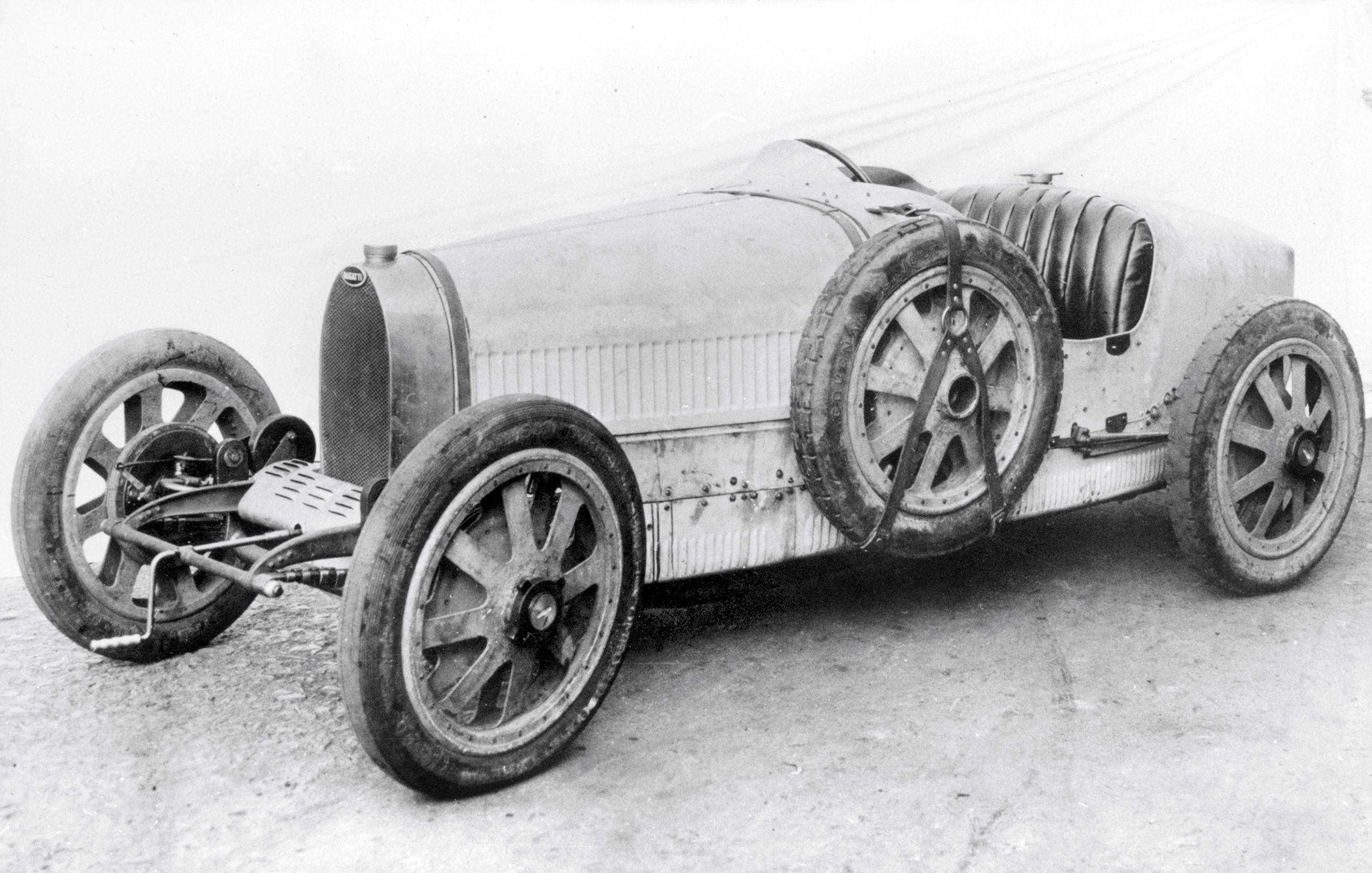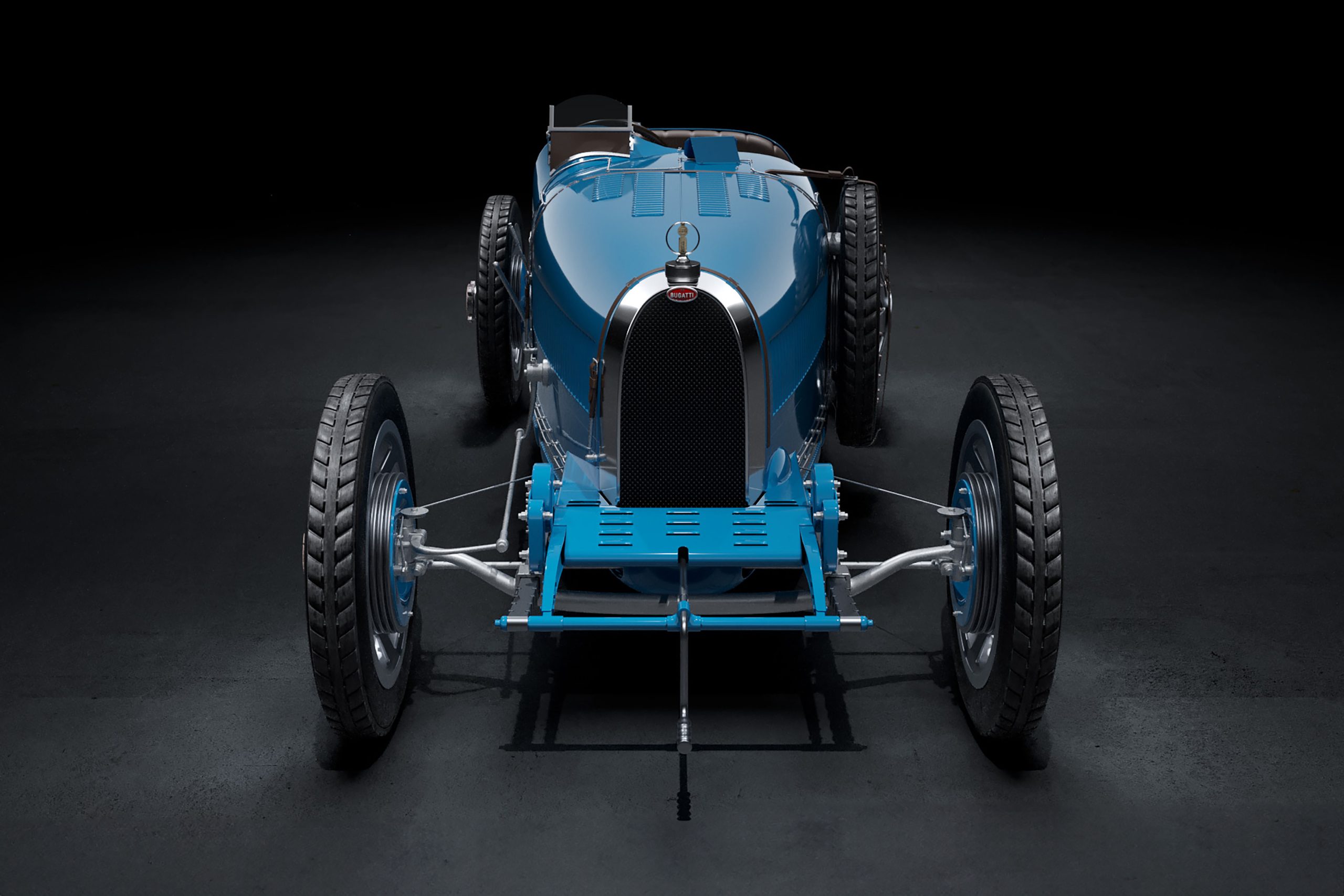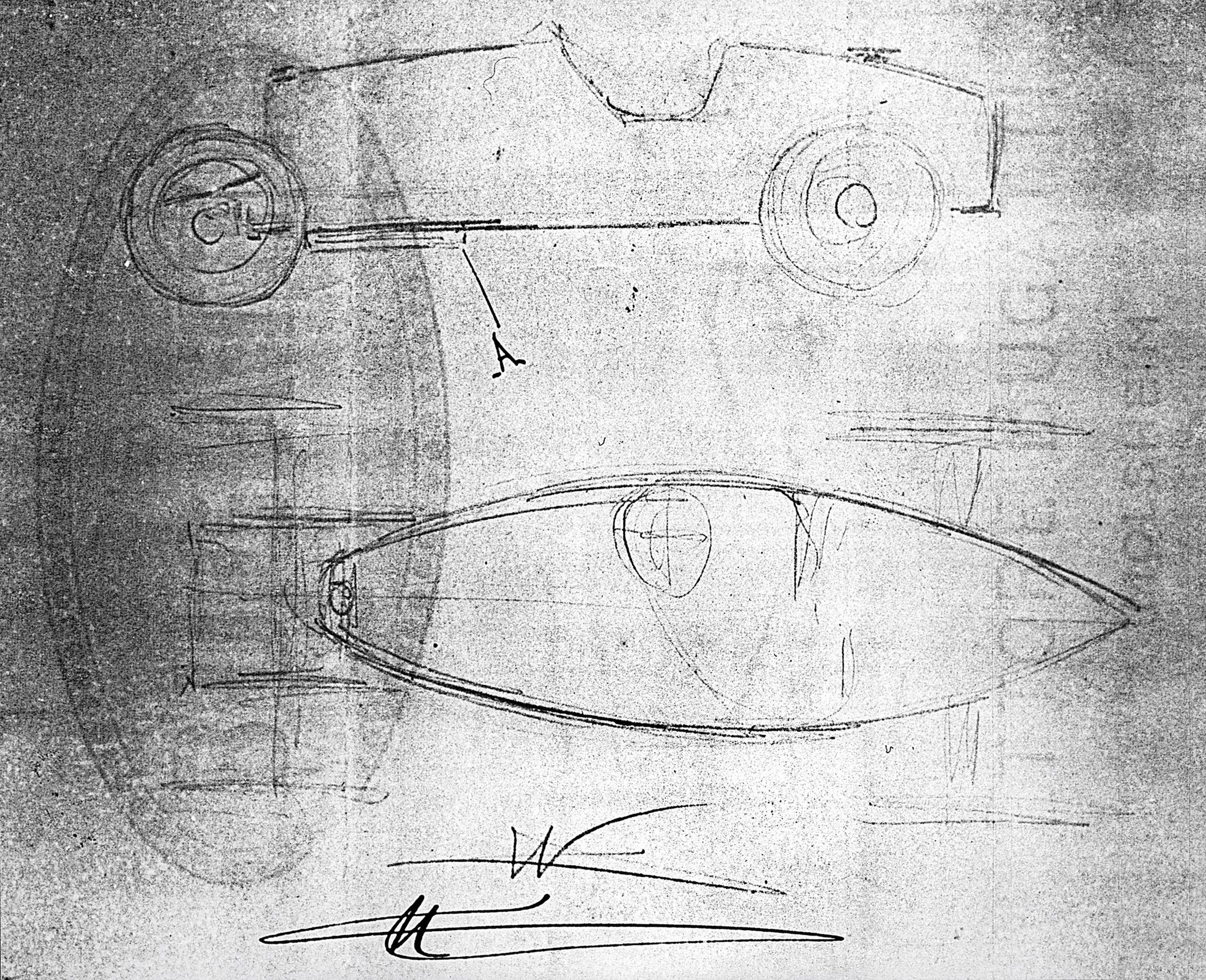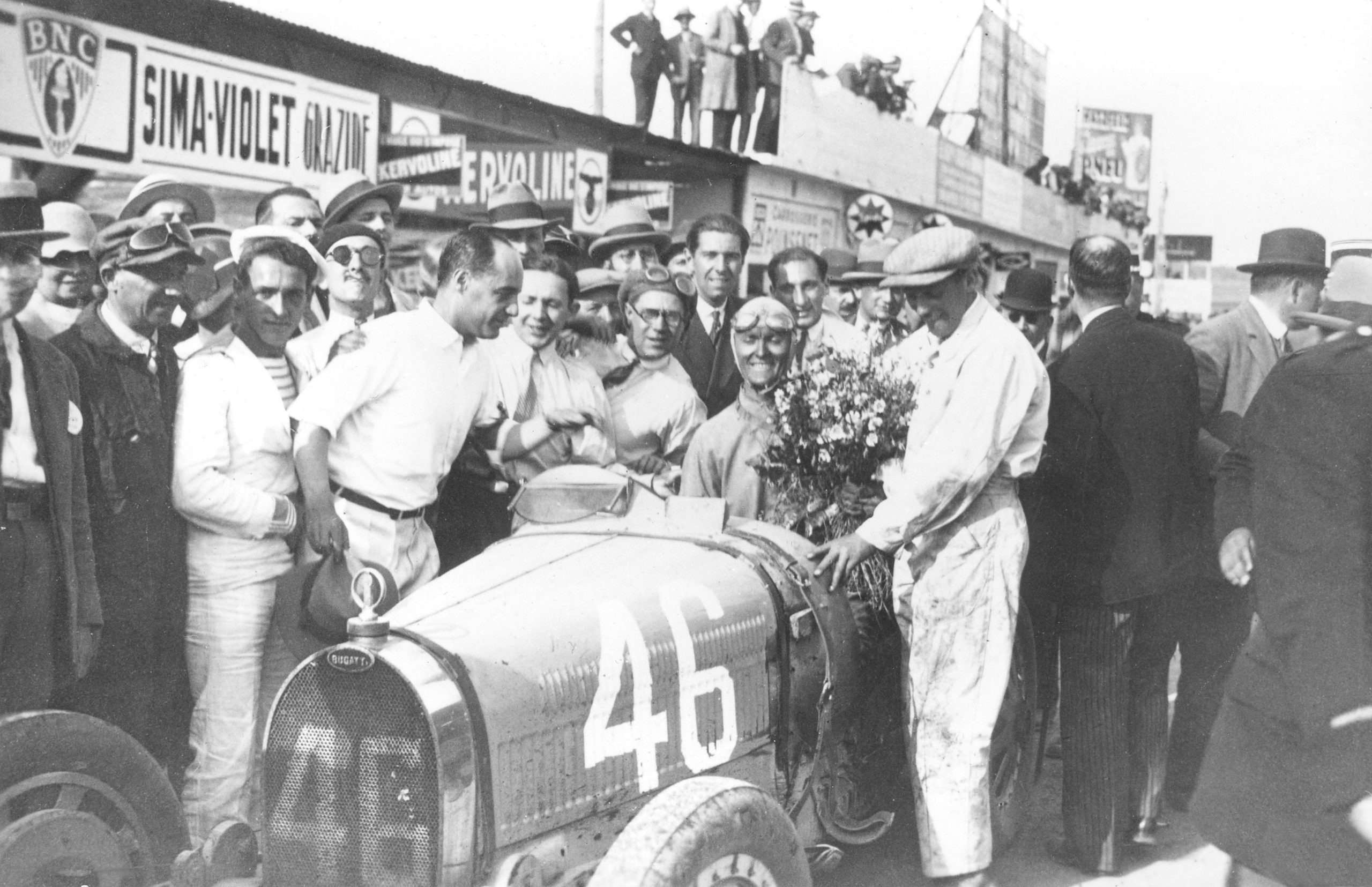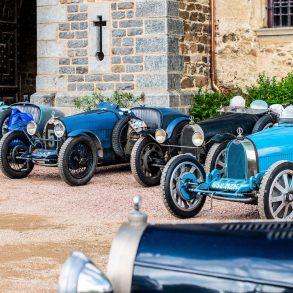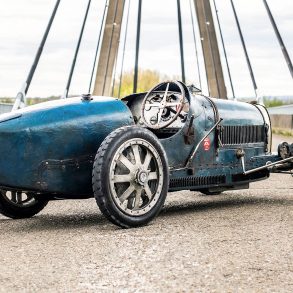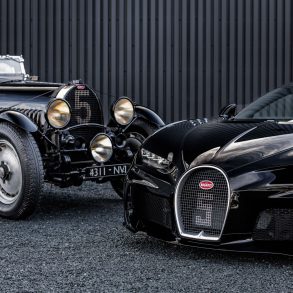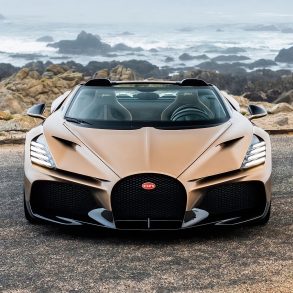The Bugatti Type 35 may be the most successful racer ever, having secured more than 2,500 race victories during its active time. Its beauty, technical ingenuity and driving brilliance remain just as appealing a century later. To understand the Bugatti Type 35, one must first understand its creator, Ettore Arco Isidoro Bugatti. Without the one, there could have never been the other.
Ettore Bugatti
Ettore Bugatti possessed such a mind. Born into a family influenced by the arts, design and creativity for centuries, Bugatti’s interests were numerous and diverse, and his knowledge was extensive. Although he had many successful projects to his name before he created the Type 35, Bugatti was not a trained engineer.
Perhaps, in the case of the Type 35, the lack of formal training was an advantage, not an obstacle. If Bugatti had been tutored in traditional automotive engineering, he might not have pushed the boundaries quite so far with the Type 35. And he would certainly not have created the beautiful design attributes integral to each technical innovation on the car. That the Bugatti Type 35 did break new ground to such startling and never-before-seen depths was instantly apparent to all observers in 1924.
Technical Innovation
Where other cars towered high above the ground, the Type 35’s bodywork sat low and sleek; where other cars sported wired wheels, the Type 35 rode on cast alloys – to reduce unsprung mass – with the brake drum mounted integrally in an equally revolutionary manner; and where other cars had their rear suspension exposed, on the Type 35, it was neatly encapsulated within the aluminum alloy paneled ellipsoid body. Although aerodynamics may have been a little understood science at the time, this pioneering approach further enhanced the low-drag nature of the bodywork.
Eight-Cylinder Mill
The Type 35 debuted with a 2.0-litre in-line eight-cylinder, thin-wall 24-valve engine, which was subsequently enlarged to 2.3-litres and supercharged. The pioneering application of an aluminum crankshaft supported by two roller bearings and three ball bearings enabled the engine to rev up to 6,000 rpm and deliver 90 PS – class-leading performance for the day.
Weight Reduction
Ettore Bugatti was acutely aware that superior performance was generated not solely by the addition of horsepower but also by the removal of weight. His dedication to ensuring every component was fabricated as light as possible without compromising functionality or reliability led to a vehicle weight of just 750 kg. The numerous measures Bugatti took to achieve his goal included the development of a new lightweight hollow front axle with sealed ends. The configuration of the rear axle was equally game-changing. Unlike conventional axles, it did not run ‘straight’ but dipped in the middle to fit around the chassis, rising at its ends to connect with the wheel hubs.
More agile than before
Such innovations helped keep both the car’s height and weight low. Combined with the precision-engineered and calibrated steering system and a lightweight chassis incorporating the engine as a stressed load member, the Type 35 unlocked never-before-seen levels of agility, response and sheer driving pleasure.
Beautifully balanced cable-operated drum brakes and a petrol tank pressurized to optimize fuel flow were further elements engineered by Bugatti to enable drivers to exploit every ounce of the Type 35’s performance on the road and track and show the chasing pack a clean pair of heels on more than 2,000 occasions and counting.
Conclusion
At its launch in 1924, the Bugatti Type 35 served as a lodestone for the automotive industry, utterly transforming how vehicle design and engineering were perceived. A century later, its impact and allure have not diminished. The Type 35 is central to the marque’s DNA, along with the Bugatti Atlantic and the Bugatti Royale. Every automobile that Bugatti builds holds true to the design and engineering values of Ettore Bugatti so exquisitely expressed in the Type 35 one hundred years ago.
All content © 2024 Bugatti


